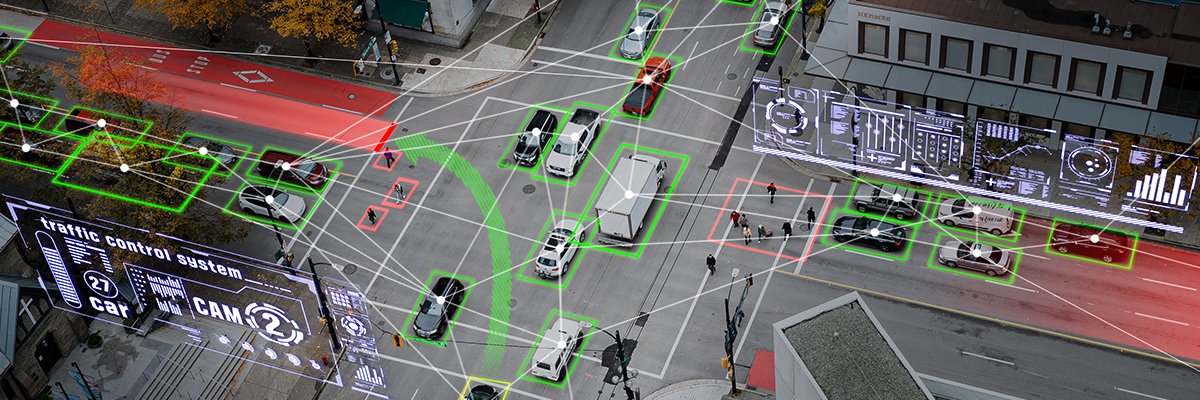AI models are only as good as the data on which they are trained. In order for AI models to be truly useful, they require accuracy, granularity and various data sources – such as how the quality of the photo depends on the sharpness and clarity, the level of detail and the information it states.
- Battery It is how true image is for life – it is blurred or distorted, the details are misleading.
- Granularity The level is captured by details –zoomed out, you get a wide overview; But it approached, you can see fine textures and shades.
- Diversity Relationships to the composition of the image -is there enough difference in the content of the image for the viewer to understand the story that the image is trying to tell?
For network operators, they rely on AI models to help them determine the main cause of network problems and anticipate failure earlier, these models depend on Accorate, Granugular and various sources of network performance. After designing, the AI models can enable the necessary information about the transition towards truly autonomous networks.
Strengthen network insurance prepared
Let’s discuss how data granularity, accuracy and diversity relate to network performance and how they translate into network quality by being predictive, rather than reactive.
1. Data Granularity: See softer network behavior details
Imagine a network monitoring with AI, which is trained on data samples taken at only one second per minute. During the remaining 59 seconds of the minute, the tips of latency, short outages or overload explosions could be completely omitted.
Without accessing granulalary data, AI models can detect critical events and lack a useful context. This leads to the inability to analyze the causes of the roots and create incorrect predictions from the AI models.
On the other hand, a network model trained on a highly detailed to millisecond level can identify network behavior that affects customers’ experience. This granulalalar detail level allows AI to interpret nuance changes, such as early signs of network overload or packet loss. Fine -grained data in network power performance AI Model Training makes it possible to detect small but new formulas that help predict, identify and solve before escalating.
2. Data accuracy: Trusted and reliable monitoring
While granularity and data volume are critical to high -performance models, the accident of this data. Looking at the high-performance net-nahor, it is a 5G link to Fronthaul, a high-frequency financial trading network or the production of IoT microseconds. Low accuracy data can introduce distortion or errors in AI models, leading to incorrect predictions and risk conclusions on the main cause of the network.
A bad forecast or defective conclusion may result in layout. One European car manufacturer states that the unplanned center costs approximately $ 2.3 million per hour.
High accurate data helps ensure that the AI model understands the time relationship between the happy network. High accuracy data increases the reliability of the AI performance monitoring and strengthens network insurance.
3. Data diversity: Learning from a wide range
When it comes to AI training, a variety of data sets generally lead to more accurate outputs. The complexity of the network means that packets are treated differently – packet sizes, VLAN brands, DSCP brands, hash across ECMP, etc. They can affect everything in different ways.
Different data sources ensure that measurements are performed in a number of possible factors that can affect network performance, ensuring that AI models take every repusion factor.
The diversity of data sources also allows AI models to get a fuller image of all types of network traffic, leading to outputs that have increased confidence in the root cause of network problems.
Move to fully autonomous networks
Data granularity, accuracy and diversity help to ensure that AI models have the basis for interpretation, AA disgrace, which can occur in network performance. Reliable network performance and precise predictive insights from AI models allow the analysis of root causes and predictive knowledge that enable organizations to transition from reactive to predictal network security to fully automation networks.
Autonomous networks play a decisive role in extending networks without signaling the increase in operating costs. With reliable AI models that control autoomous networks, organizations can avoid hidden performance problems cause application delays and productivity impact, eliminating unplanned downtime that affects the lower limit.
Share:

